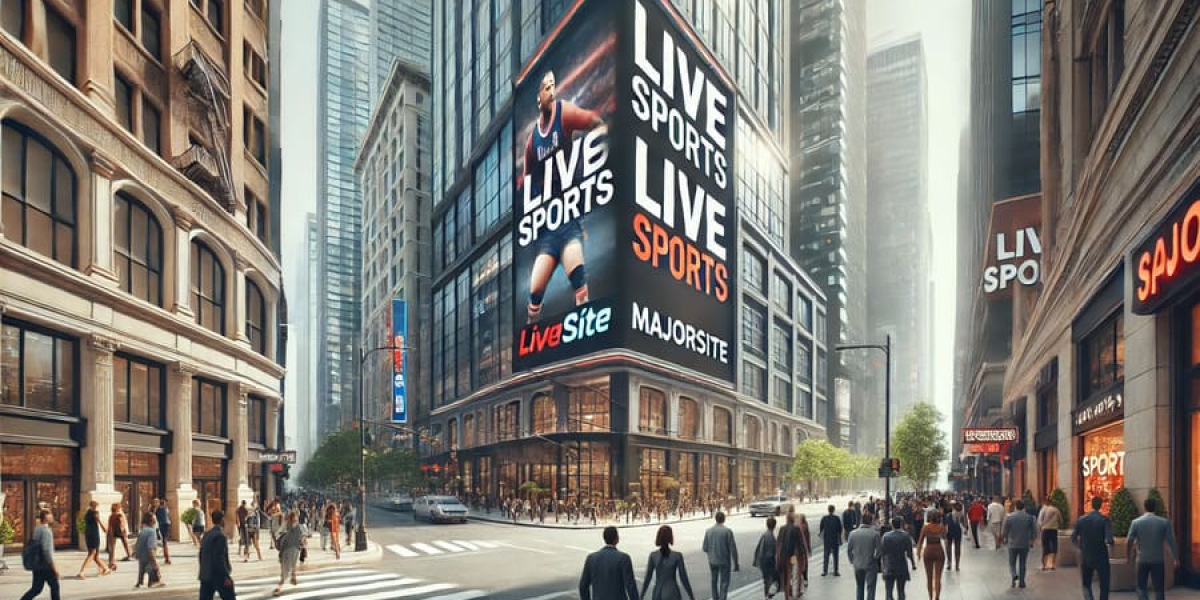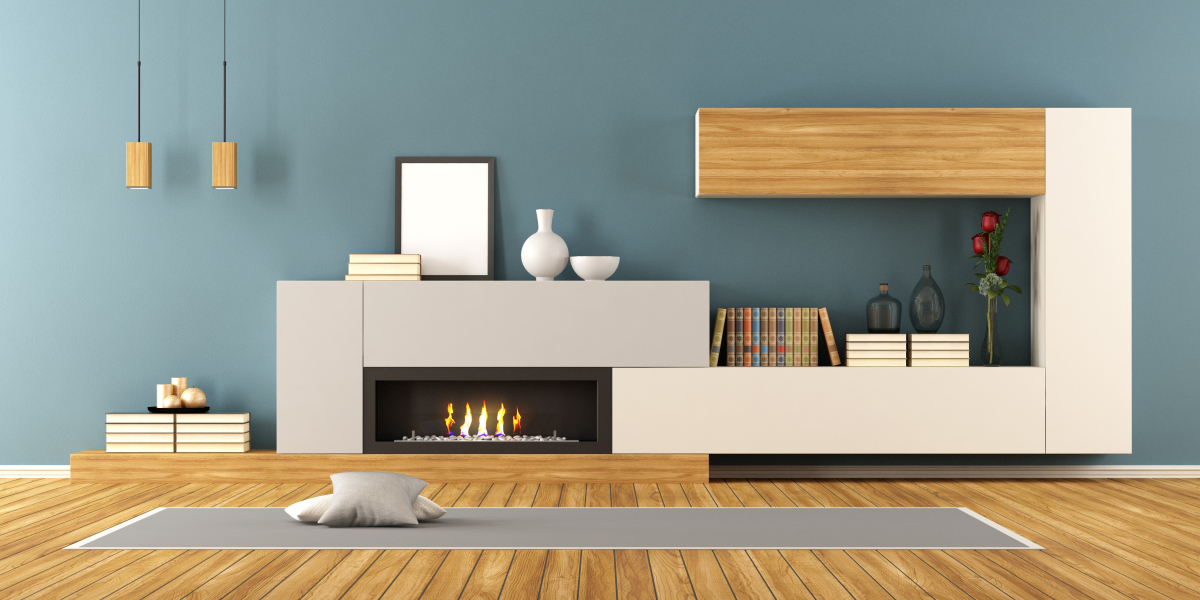XTEN-AV understands that high dynamic range or HDR has become a critical factor in evaluating modern display technology. As businesses, event spaces, and entertainment venues aim to deliver more vibrant and realistic visuals, the choice between video walls and projectors often comes down to how each handles HDR content. In this blog, we will compare HDR performance, discuss technical differences, and help you determine which option is best for your space.
Understanding HDR Technology
HDR, or high dynamic range, enhances a display’s ability to show a wider range of colors and contrast levels. With HDR, bright areas appear more luminous without losing detail in darker areas. This creates a more lifelike and immersive viewing experience. HDR is especially important for digital signage, presentations, and cinematic applications where color accuracy and depth significantly impact viewer engagement.
Projectors and LED video walls implement HDR differently. Projectors rely on a single light source, typically a lamp or laser, to project an image onto a reflective screen. HDR performance in projectors depends on contrast ratios, light output, and the projector’s ability to handle color depth. While modern projectors can support HDR, achieving true HDR brightness and contrast often requires a high-end model. Lower-end projectors may struggle with deep blacks or peak highlights, limiting the overall HDR effect.
LED Video Walls and HDR
LED video walls, on the other hand, are inherently better suited for HDR content. Each pixel emits its own light, allowing precise control over brightness and color at the individual pixel level. This pixel-level control creates deep blacks, bright highlights, and vivid colors, making HDR content appear more accurate and engaging.
Additionally, video walls maintain HDR performance regardless of ambient lighting. Because LED panels are self-illuminating, they can produce high brightness and high contrast without being affected by room light. This is an advantage over projectors, where ambient light can wash out HDR highlights and reduce the perceived color range.
Video Wall vs Projector: HDR Brightness and Contrast
When comparing video walls to projectors, HDR brightness and contrast are key differentiators. Projectors may have impressive lumen ratings, but these numbers often do not fully translate to HDR performance. The perceived HDR effect depends on the projector’s native contrast ratio and its ability to handle bright and dark areas simultaneously. High-end HDR projectors can achieve excellent results, but they often come at a premium price and may require controlled lighting environments to shine.
LED video walls, in contrast, provide consistent HDR performance across the entire display surface. They can achieve high nits for bright highlights and maintain deep blacks simultaneously, enhancing overall image depth. For commercial installations, event spaces, or high-end home theaters, video walls offer more reliable HDR results without the need for extensive room adjustments.
Color Accuracy and HDR
Color accuracy is a critical aspect of HDR. Projectors use color wheels, filters, or advanced imaging chips to reproduce colors. Over time, color performance can degrade due to lamp aging or mechanical components, which may reduce HDR fidelity. Regular maintenance is required to keep projectors performing optimally.
LED video walls maintain color accuracy over tens of thousands of hours. Each LED module is calibrated to produce precise colors, ensuring that HDR content remains consistent over long-term use. This makes video walls ideal for applications where consistent color fidelity is essential, such as retail, museums, or corporate presentations.
Maintenance and Long-Term Performance
Maintenance also plays a role in HDR performance. Projector lamps dim over time, which can reduce HDR effectiveness. Maintaining peak HDR performance may require lamp replacements every few thousand hours and occasional recalibration. Filters and cooling systems also need attention to prevent overheating and image degradation.
Video walls, by contrast, require minimal maintenance. LEDs have long lifespans and are less prone to brightness or color degradation. Individual panels can be replaced if needed, but the overall system maintains HDR performance for decades with minimal intervention.
Cost Considerations
Upfront costs often influence the decision between HDR projectors and LED video walls. Projectors capable of high-quality HDR can be expensive, and additional costs may include screens, mounts, and maintenance. LED video walls have higher initial costs, but the reduced maintenance, consistent performance, and superior HDR experience often justify the investment over time.
Choosing the Right HDR Solution
When deciding between video walls and projectors for HDR content, several factors should be considered. For controlled lighting environments, smaller rooms, or temporary setups, projectors may offer sufficient HDR performance at a lower initial cost. For permanent installations, large venues, or spaces with ambient light, LED video walls provide unmatched HDR quality, consistent brightness, and superior color accuracy.
Businesses evaluating video wall vs projector options should also consider long-term reliability and maintenance costs. While projectors may offer a budget-friendly entry point, video walls deliver a more immersive and dependable HDR experience, making them the preferred choice for high-impact visuals.
Final Thoughts
HDR has transformed how audiences perceive content, making display technology choice more important than ever. While projectors can support HDR, LED video walls offer superior brightness, contrast, and color accuracy. They maintain consistent HDR performance over long periods with minimal maintenance, making them ideal for commercial, educational, and entertainment applications.
XTEN-AV continues to provide guidance for businesses and AV professionals seeking the best display solutions. By understanding the differences in HDR performance between projectors and video walls, companies can make informed decisions that deliver vibrant, engaging visuals for years to come.
Read more: https://social.japrime.id/read-blog/211775







